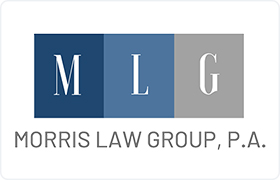Minnesota Bankruptcy & Debt Lawyer List
Sponsored Law Firm
-
 x
x

Click For More Info:
-
Morris Law Group PA
7380 France Ave S. Suite 250 Edina, MN 55435» view mapBankruptcy & Debt We Are Experts In What We Do
Whether it’s your home or business, you are important to us. Reach out today to set up a meeting with one of our experienced Edina lawyers.
952-832-2000
Edward R Shaw
✓ VERIFIEDThe Law Office of Attorney Edward R. Shaw is located in Brainerd, Minnesota and has been serving the Brainerd Lakes Area and surrounding counties with... (more)
Lance R Heisler
✓ VERIFIEDLance R Heisler is a practicing lawyer in the state of Minnesota handling bankruptcy matters.
Rich Hechter
✓ VERIFIEDRichard Hechter is a family law, personal injury, and medical malpractice attorney for Morris Law Group. RIch is an accomplished and skilled litigator... (more)
Ryan Dale Peterson
✓ VERIFIEDRyan Peterson is a former debt collection attorney turned consumer rights expert and advocate. After graduating from William Mitchell law school in 20... (more)
Andrew Brian Kalis
FREE CONSULTATION
CONTACTFREE CONSULTATION
CONTACTFREE CONSULTATION
CONTACT Bethany Danner Edina, MN
Bethany Danner Edina, MN Practice AreasExpertise
Practice AreasExpertise




